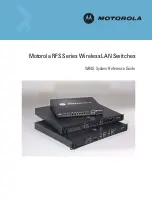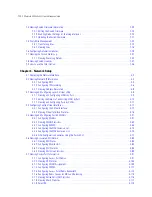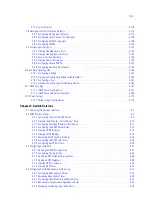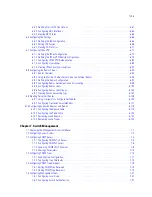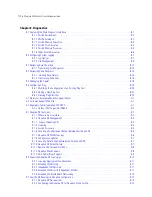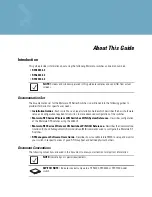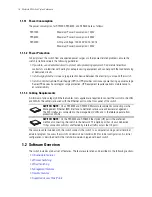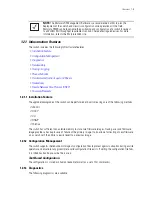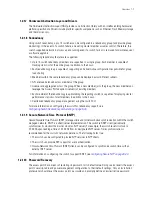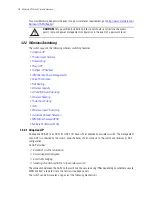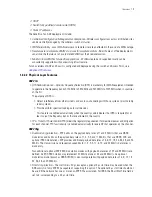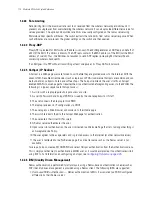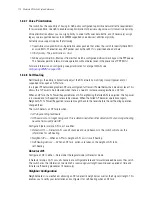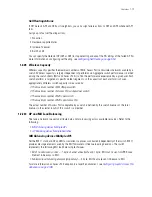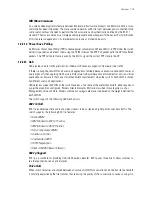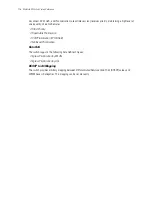
Overview
A Motorola RF Switch is a centralized management solution for wireless networking. It connects to
non-legacy Access Ports through Layer 2 or Layer 3 (Layer 2 is preferable, if the situation allows it).
Access ports function as radio antennas for data traffic management and routing. System configuration and
intelligence for the wireless network resides with the switch. The switch uses Access Ports to bridge data
to and from wireless devices. The wireless switch applies appropriate policies to data packets before
forwarding them to their destination.
All data packets to and from wireless devices are processed by the switch, where appropriate policies are
applied before they are decapsulated and sent to their destination.
Access port configuration is managed by the switch through a Web UI
Graphical User Interface
(GUI), SNMP
or the switch
Command Line Interface
(CLI).
SWITCH NOTE:
The discussion of the switch GUI within this guide is presented
generically, making it equally relevant to the RFS4000, RFS6000 and RFS7000 switch
platforms. However, some subtle differences do exist amongst these baselines. These
differences are noted within the specific GUI elements impacted. When these differences
are noted, the options available to each switch baseline are described in detail.
Summary of Contents for RFS Series
Page 1: ...M Motorola RFS Series Wireless LAN Switches WiNG System Reference Guide ...
Page 10: ...TOC 8 Motorola RF Switch System Reference Guide ...
Page 56: ...2 8 Motorola RF Switch System Reference ...
Page 334: ...5 52 Motorola RF Switch System Reference 2 Select the MU Status tab ...
Page 510: ...7 32 Motorola RF Switch System Reference Guide ...
Page 534: ...8 24 Motorola RF Switch System Reference Guide ...
Page 570: ...C 14 Motorola RF Switch System Reference Guide ...
Page 589: ......

